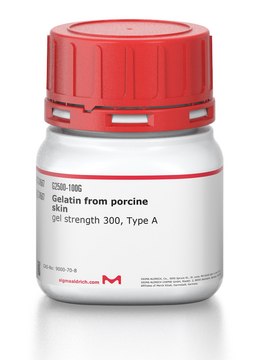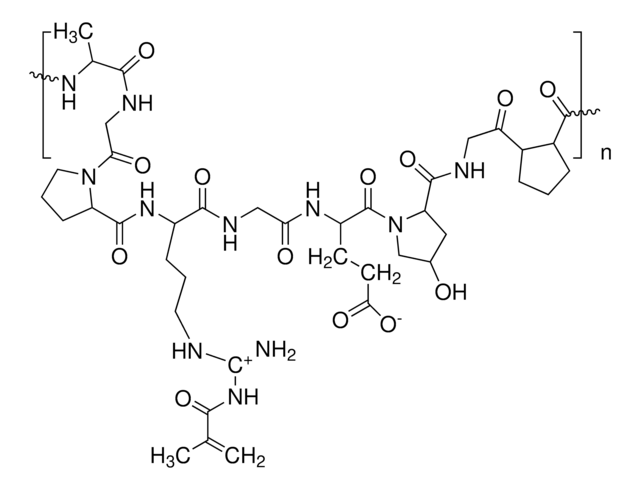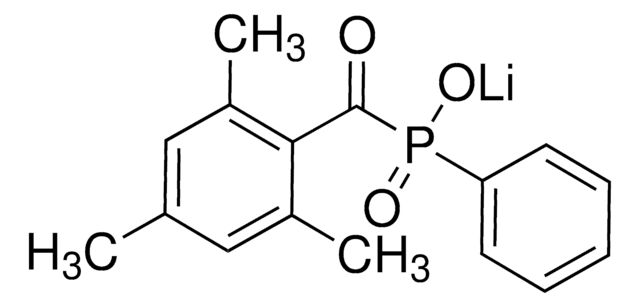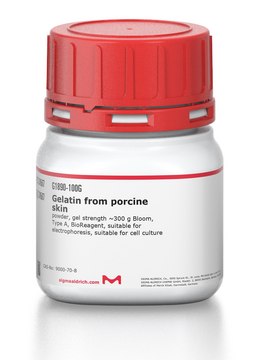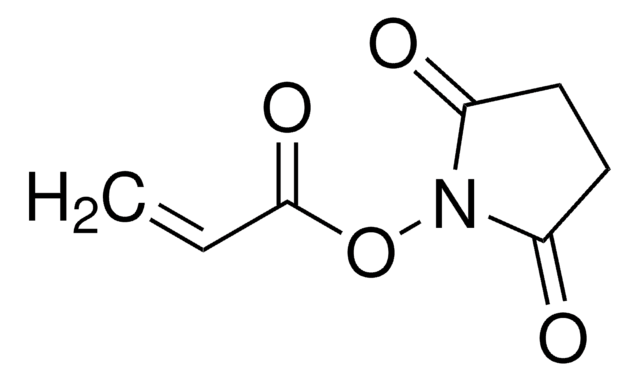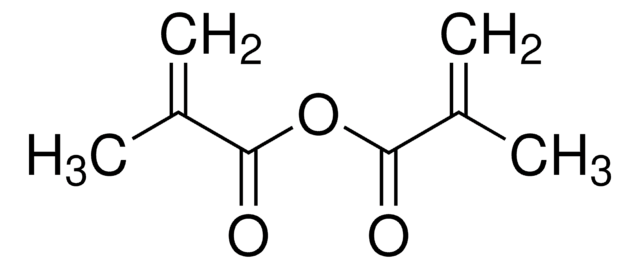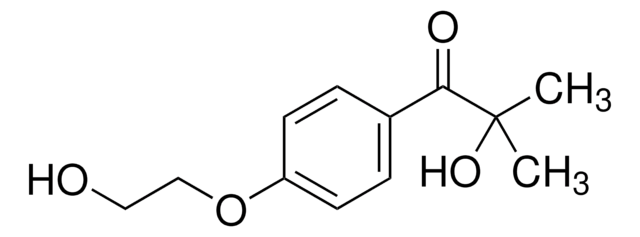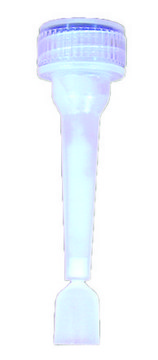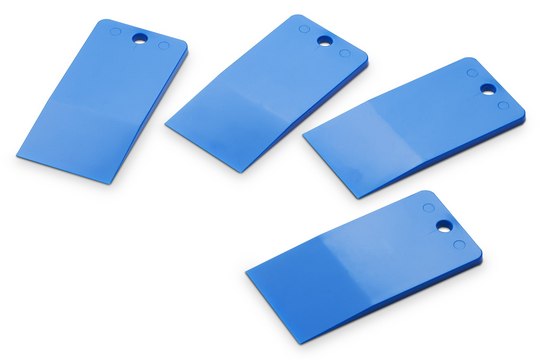推荐产品
1 of 4
此商品 | GREL5 | Z742616 | GE80648470 |
|---|---|---|---|
| manufacturer/tradename G-BioSciences 786-947 | manufacturer/tradename Millipore | manufacturer/tradename G-BioSciences 786-948 | manufacturer/tradename Cytiva 80-6484-70 |
| packaging pkg of 10 ea | packaging pkg of 5 packs | packaging pkg of 30 ea | packaging pkg of 50 samples |
| feature 10 columns | feature - | feature 30 columns | feature wetted part: no |
| storage temp. 2-8°C | storage temp. - | storage temp. 2-8°C | storage temp. - |
应用
储存分类代码
11 - Combustible Solids
WGK
WGK 3
闪点(°F)
Not applicable
闪点(°C)
Not applicable
法规信息
商品
Discussion of synthetic modifications to gelatin, improving the three-dimensional (3D) print resolution, and resulting material properties.
Professor Shrike Zhang (Harvard Medical School, USA) discusses advances in 3D-bioprinted tissue models for in vitro drug testing, reviews bioink selections, and provides application examples of 3D bioprinting in tissue model biofabrication.
实验方案
Frequently asked questions (FAQs) for KAPA SYBR® FAST One-Step qRT-PCR Kits.
我们的科学家团队拥有各种研究领域经验,包括生命科学、材料科学、化学合成、色谱、分析及许多其他领域.
联系客户支持